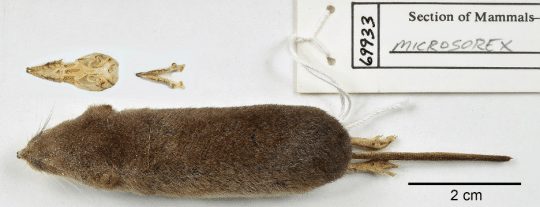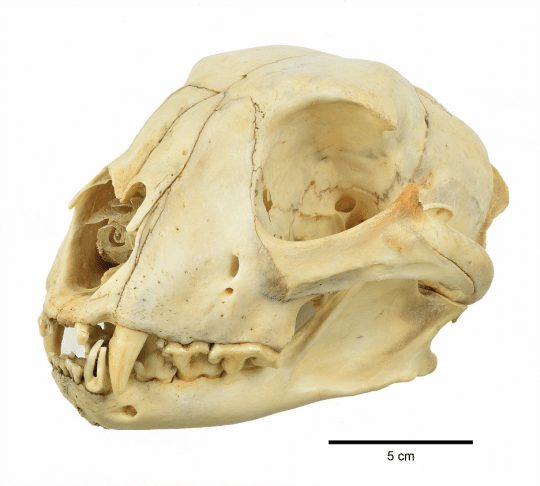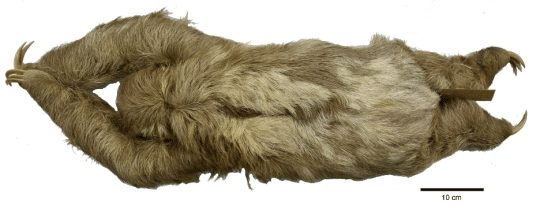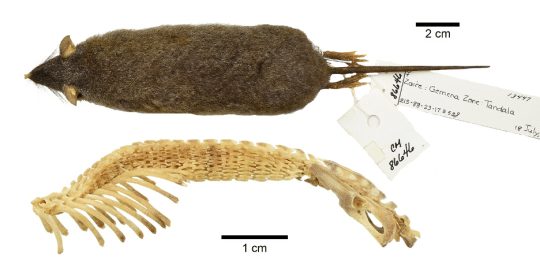What is the largest mammal?
This is an easy one because it is not even close; the blue whale, which is also the largest animal to ever live on Earth, weighs around 100 tons (220,000 pounds) and is about 100 feet long. Females are typically larger than males. Despite their bulk, blue whales are filter feeders subsisting on krill, small crustaceans less than an inch in length.
In 1758, Carl Linnaeus gave the blue whale the Latin name Balaenoptera musculus. The first part, Balaenoptera, the genus name, means winged whale for its long, slender flippers; the second part, the species name, is thought to be a joke by Linnaeus because it is also the species name he gave to the house mouse, Mus musculus.

What is the smallest mammal?
This is harder than the largest one—the blue whale—because there are two mammals considered to be very close in weight: the Etruscan shrew with a Mediterranean and Asian distribution weighs in about 1.8 grams, which is less than the bumblebee bat from Thailand and Myanmar, weighing in around just 2 grams, but the shrew is longer than the bat. Remember there are 28 grams in one ounce and 2 grams is the weight of one paperclip!

What is the fastest land mammal?
The cheetah is hands down the fastest, but it does not sustain speed over a great distance; the cheetah is a burst-predator with a chase lasting typically less than a minute. The cheetah goes from 0 to 60 miles per hour in about three seconds, which is what a good sports car can do! At top speed, the length of one stride is 21 feet and there are four strides per second.

What is the slowest land mammal?
The name says it all…sloth! There are two types of sloths found in the tropics of Central America and northern South America, usually called three-toed and two-toed sloths. This is a misnomer as both types have three toes on their hindfeet; what differs is the number of fingers on the forefeet. So, they really should be called three- and two-fingered sloths. Both sloths live most of their lives in trees on a diet of leaves and move so slowly or so little that algae grow on their fur, providing camouflage. Of the two sloths, the three-digited one is smaller and slower.

What is the strongest mammal?
This is just a playful question. It usually isn’t one of the comparisons that scientists try to make. However, the armored hero shrew seems like a good nominee. This shrew lives in the forested region of central Africa. Its spinal column is unique among mammals. The mid-portion is extremely modified with many interlocking bony tubercles that project forward and backward to fortify the spine. The exact purpose is unknown. However, it has been reported that a full-grown man could stand on the back of an armored shrew without harming the animal.

John Wible is Curator of the Section of Mammals and Sue McLaren is Collection Manager of the Section of Mammals at Carnegie Museum of Natural History. This post is part of Super Science Days: Scientist Takeover!
Related Content
Stuffed Animal Safari: Mountain Goats
